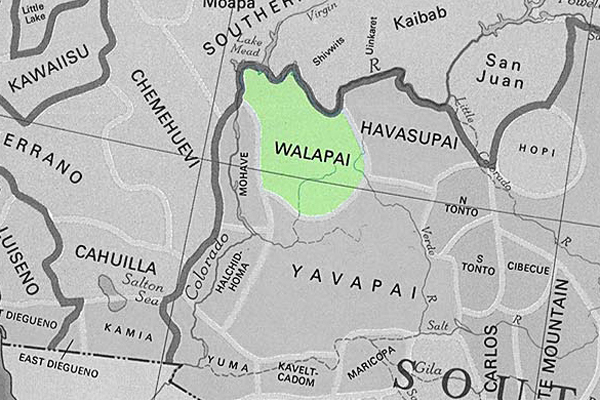The Hualapai, also spelled Walapai, are a Native American people who traditionally lived in the western part of the United States, primarily in the Hualapai Indian Reservation in northwestern Arizona. They are part of the larger Yuman language family.

The Hualapai people are known for their strong connection to the Grand Canyon, as a significant portion of their reservation includes parts of the Grand Canyon and the Colorado River. The term “Hualapai” translates to “People of the Tall Pines” in their language, reflecting the importance of the pine forests in their traditional territory.
Historically, the Hualapai were hunter-gatherers, relying on the resources of their diverse environment, including the Grand Canyon, plateaus, and mountainous regions. They hunted game, gathered plants, and engaged in cultural practices that reflected their close relationship with the land.

With the arrival of European settlers and the expansion of the United States, the Hualapai faced challenges such as the loss of traditional lands, conflicts over resources, and changes in their way of life. In the late 19th century, the Hualapai Reservation was established, providing a designated area for the tribe.
Today, the Hualapai people continue to preserve their cultural heritage. The Hualapai Reservation is a popular destination for tourists interested in experiencing the Grand Canyon from the perspective of the Hualapai people. The Hualapai Tribe is also known for managing the Grand Canyon Skywalk, a glass bridge that extends over the Grand Canyon.

Efforts are ongoing to maintain and revitalize the Hualapai language, arts, and traditional knowledge. Like many other Native American groups, the Hualapai are actively engaged in issues related to tribal sovereignty, land rights, and the broader recognition of indigenous rights.